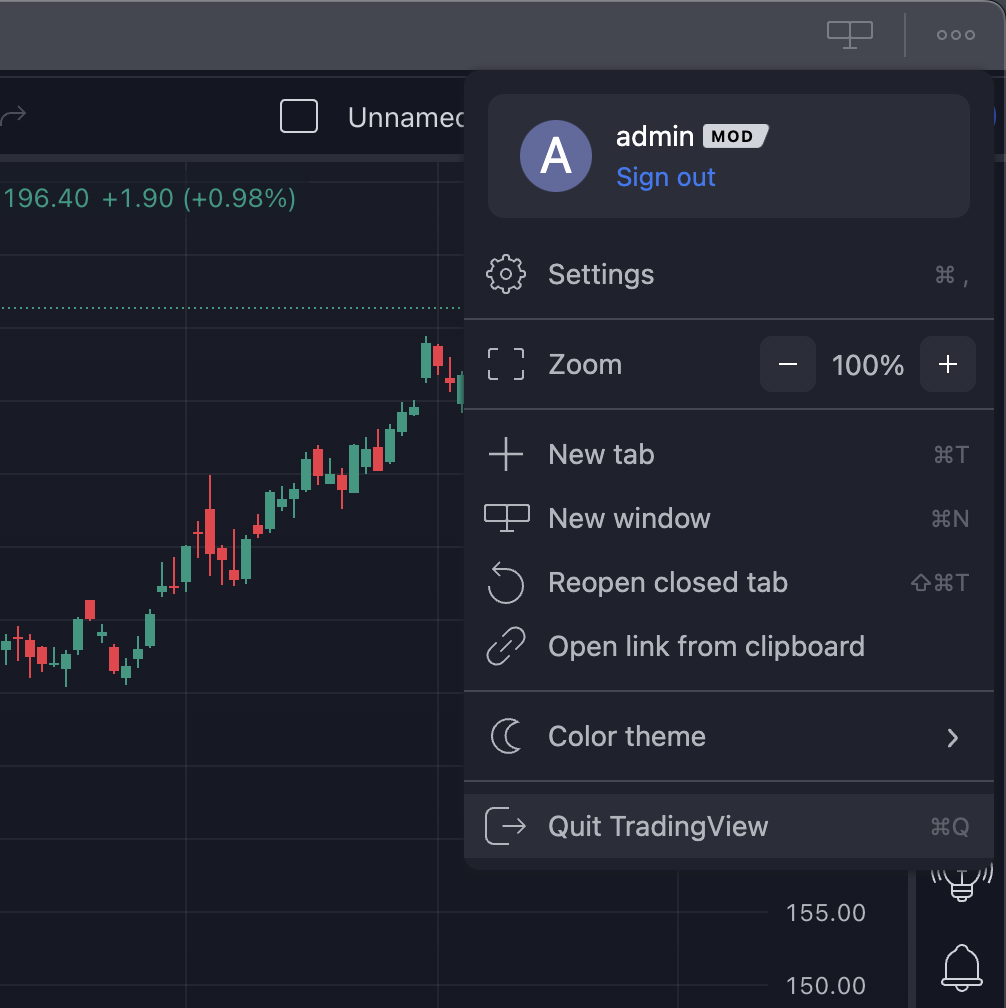We use cookies to improve our services and personalize your experience.


Keep your TradingView module sharp, efficient, and up-to-date with our routine maintenance and evolution service . Technology, charting logic, and platform capabilities evolve quickly—this service ensures your module evolves with them.
Every 2–4 weeks, we deliver updates that improve performance, adapt to platform changes, incorporate user feedback, and expand functionality. From refining scripts to implementing smarter algorithms, you’ll always have access to a current and optimized version of your tool.
We follow a structured development cycle to ensure each update is meaningful and stable. This includes:
By maintaining a regular release rhythm, the module stays fresh and fully functional in dynamic environments.
As market behavior and technical analysis trends shift, our algorithmic engine adapts. We regularly improve internal logic to offer a smarter interpretation of price structures, trend behavior, and market rhythms.
Improvements may include:
These updates help the module remain analytically relevant and technically efficient.
No script is perfect on day one—and that's why bug resolution is a central part of our maintenance cycle.
We monitor user-reported issues and edge cases that arise from different timeframes, chart setups, or input conditions. Updates may fix:
Each bug fix is implemented with clear changelogs and testing to ensure stability across all common scenarios.
We treat every user as a co-creator. Many of the best new ideas come directly from the community—whether that’s a visualization tweak, logic refinement, or usability request.
Recent enhancements inspired by users have included:
With every cycle, we prioritize suggestions that align with the module’s purpose and improve the daily experience for users.
Our updates aren’t just surface-level—they also happen under the hood . Each release includes Pine Script optimizations to keep the codebase clean, fast, and readable.
Benefits of script-level improvements include:
Even small optimizations can significantly improve the responsiveness and reliability of your charting environment.
Every update is published alongside a clear changelog , so you always know:
This makes it easy to track progress, understand new capabilities, and revert to previous versions if desired. We maintain a full version history so that advanced users can choose the build that best suits their charting habits.
You’ll never miss an update—we offer multiple ways to stay informed:
If you ever need help transferring settings between versions, we’ll guide you through it step by step.
At the core of this service is a user-first development philosophy . We aim to support an ecosystem where feedback is encouraged, updates are thoughtful, and each improvement makes your charting experience smoother and more intuitive.
Our goal is to remove friction—not introduce complexity.